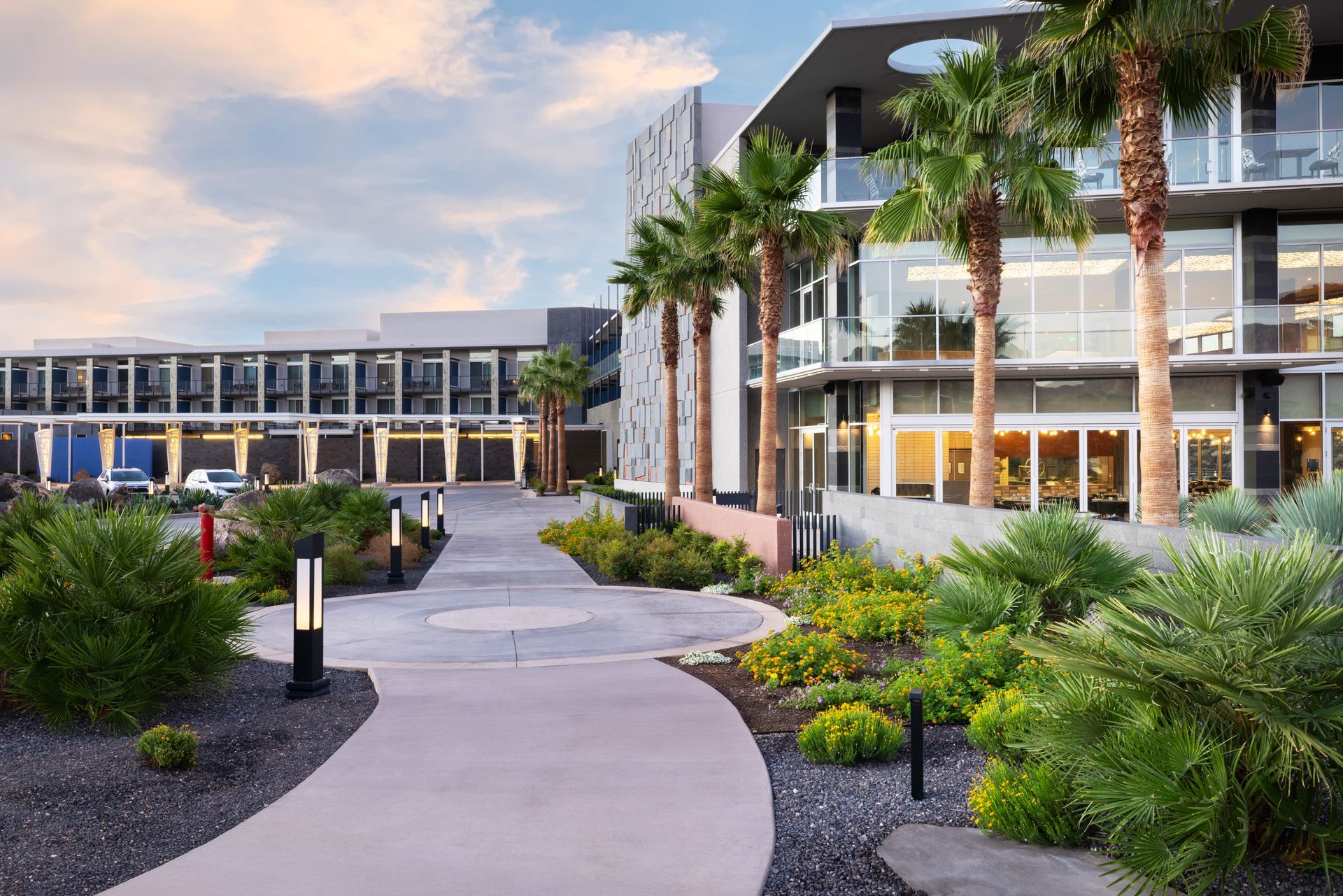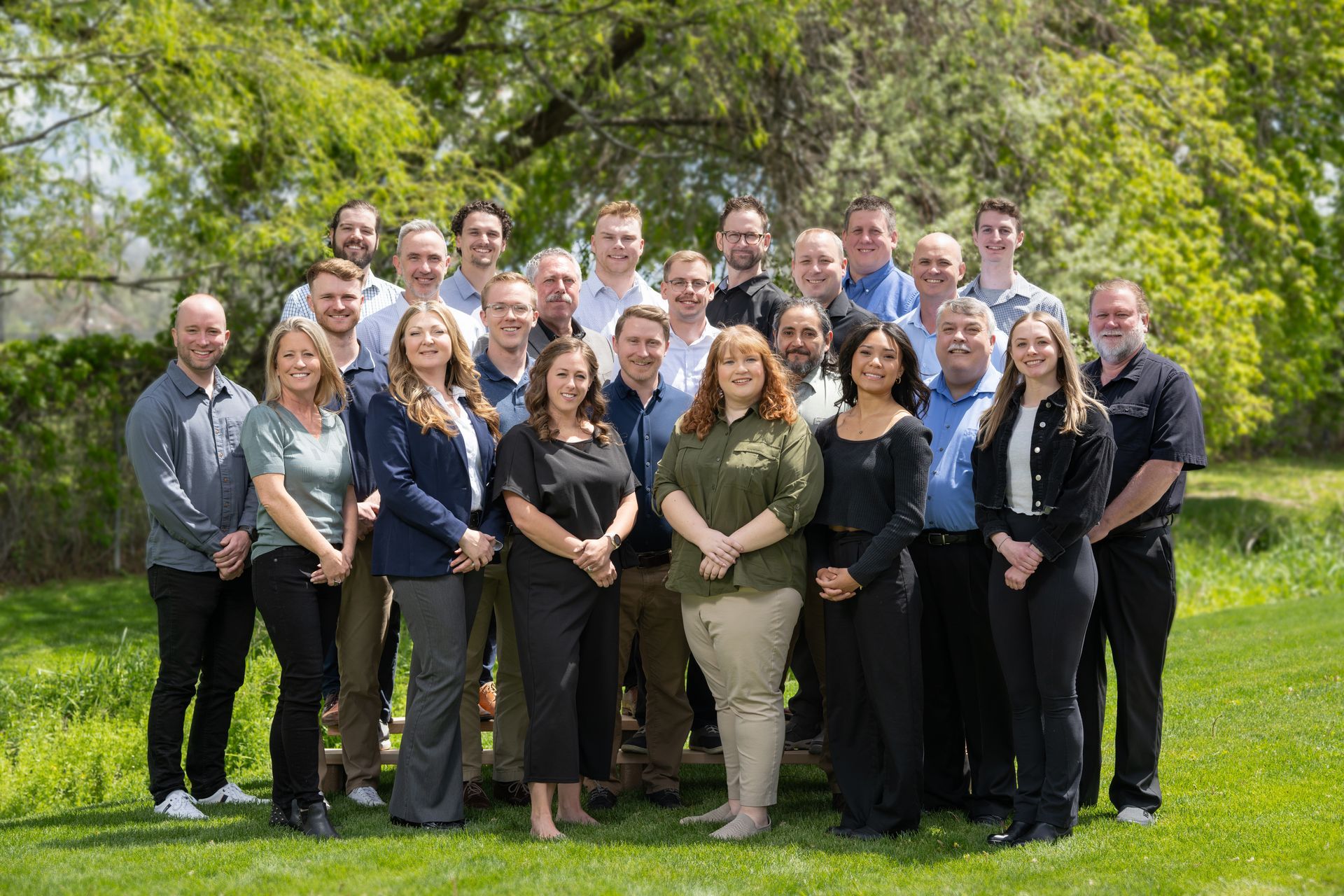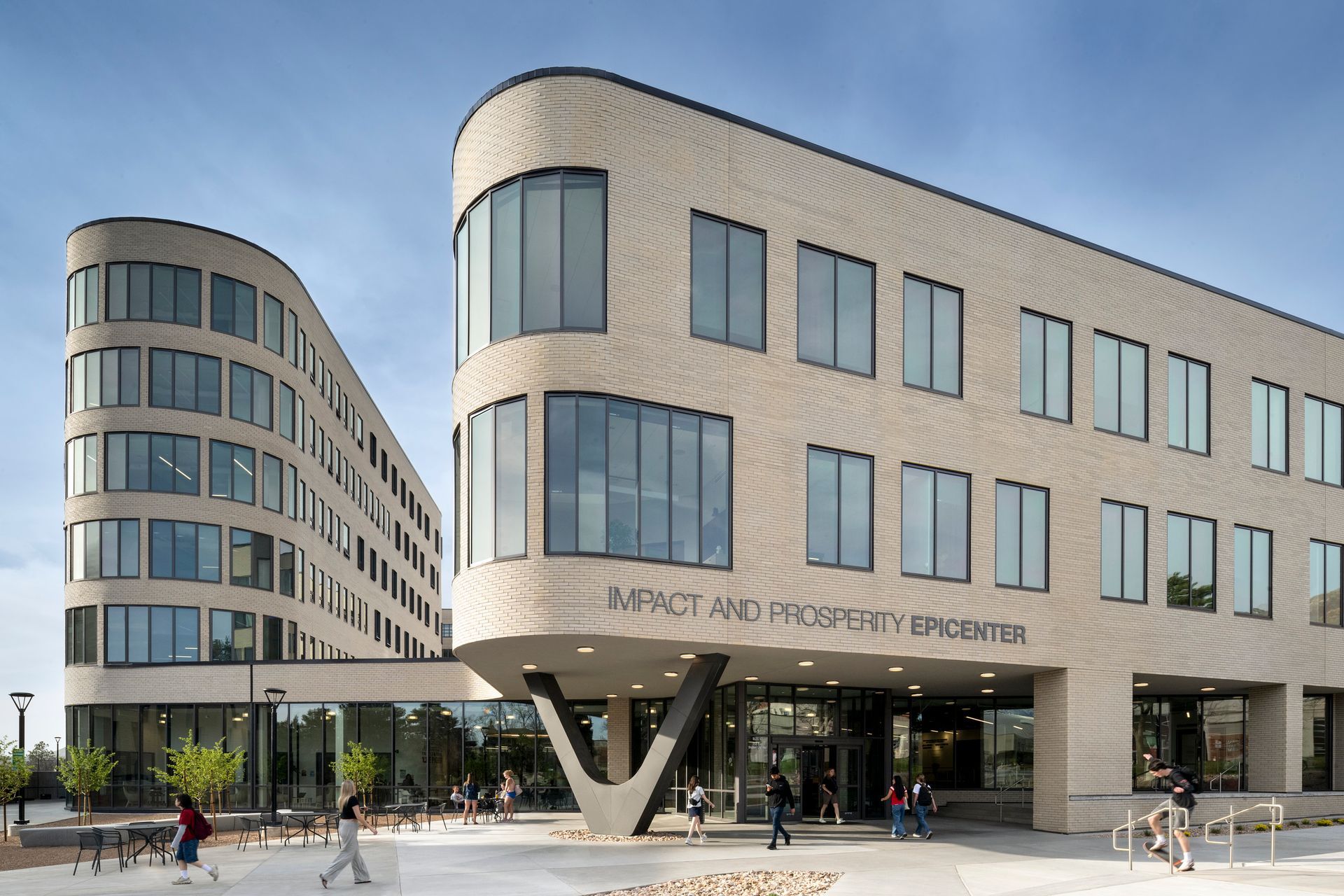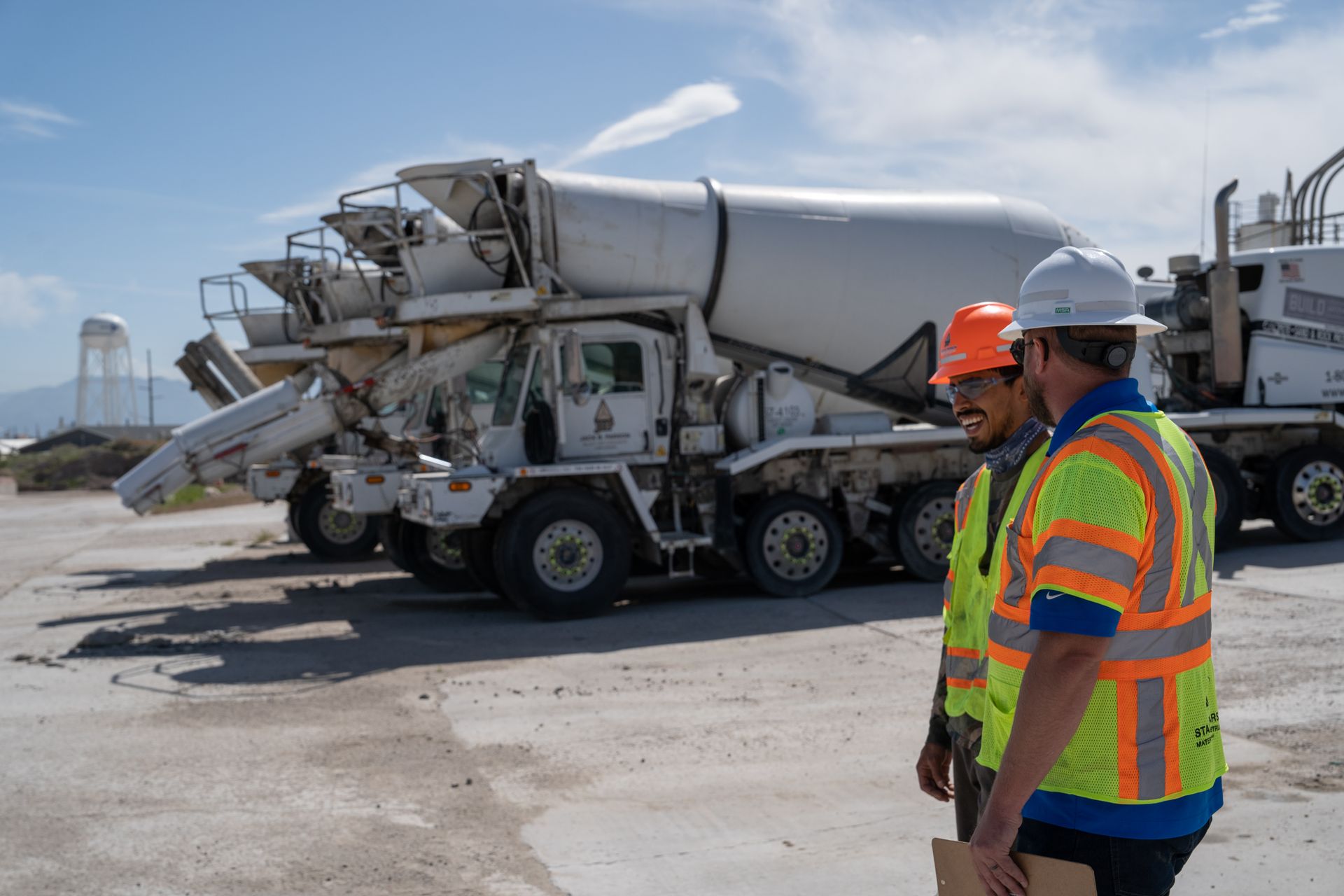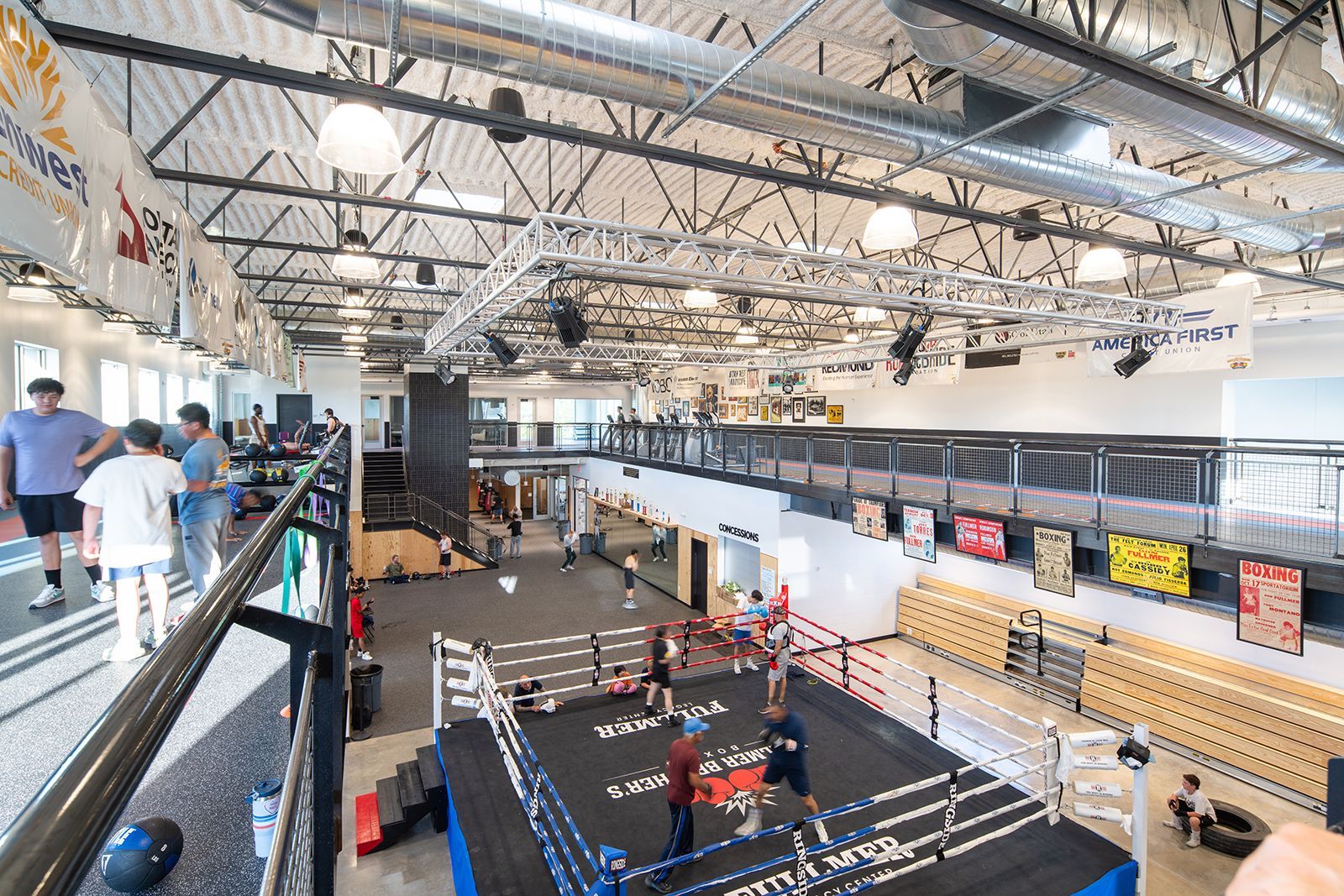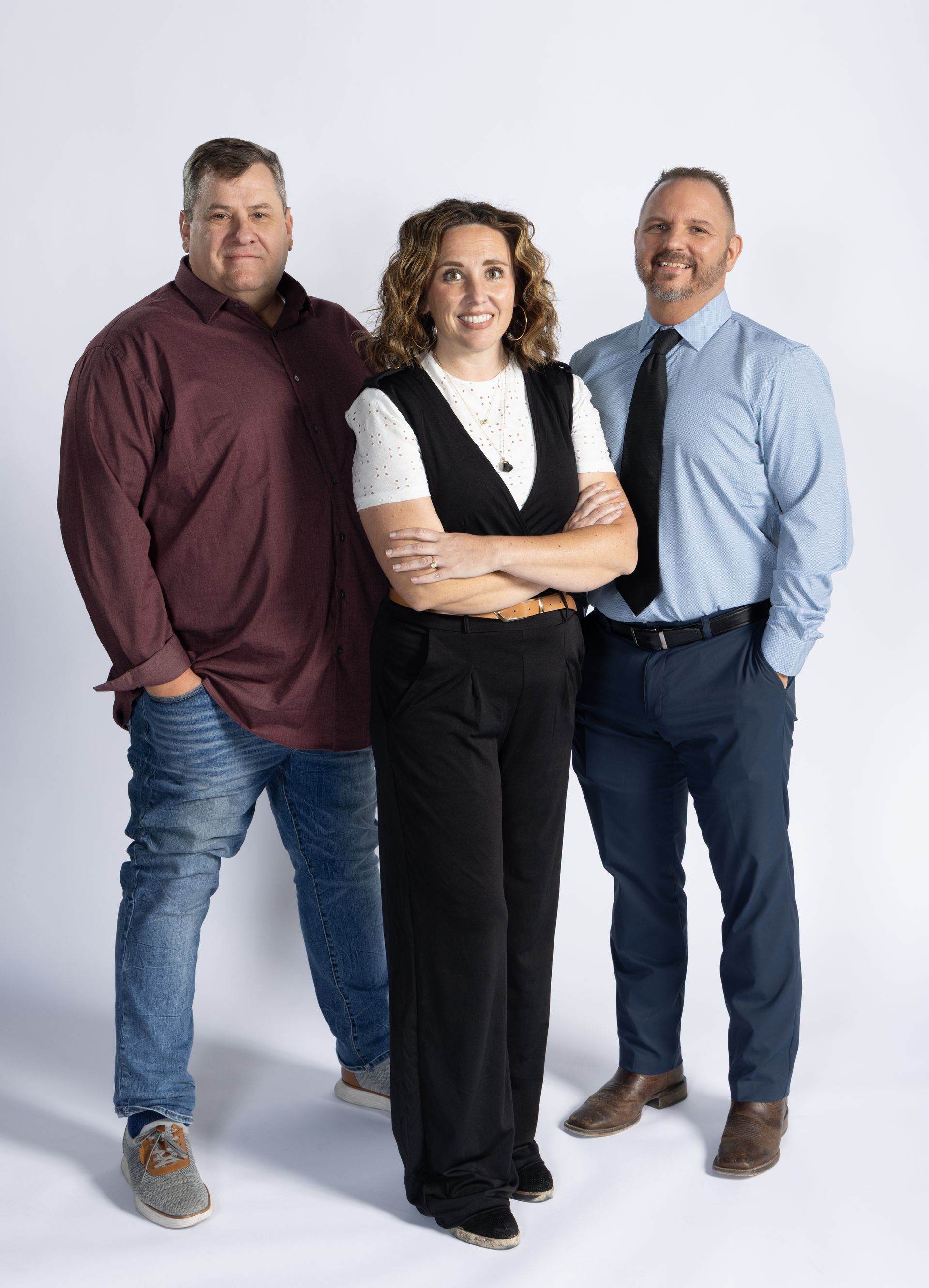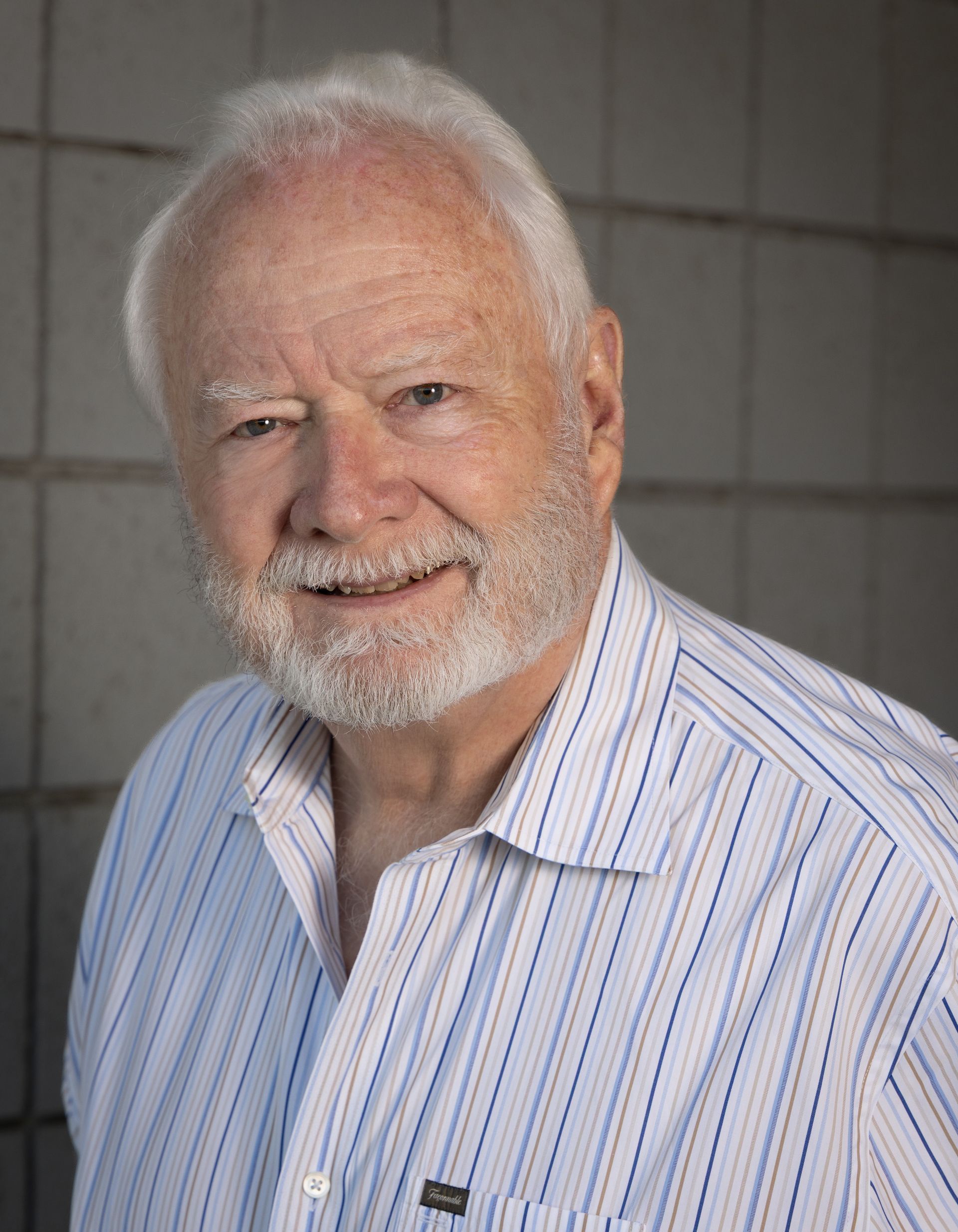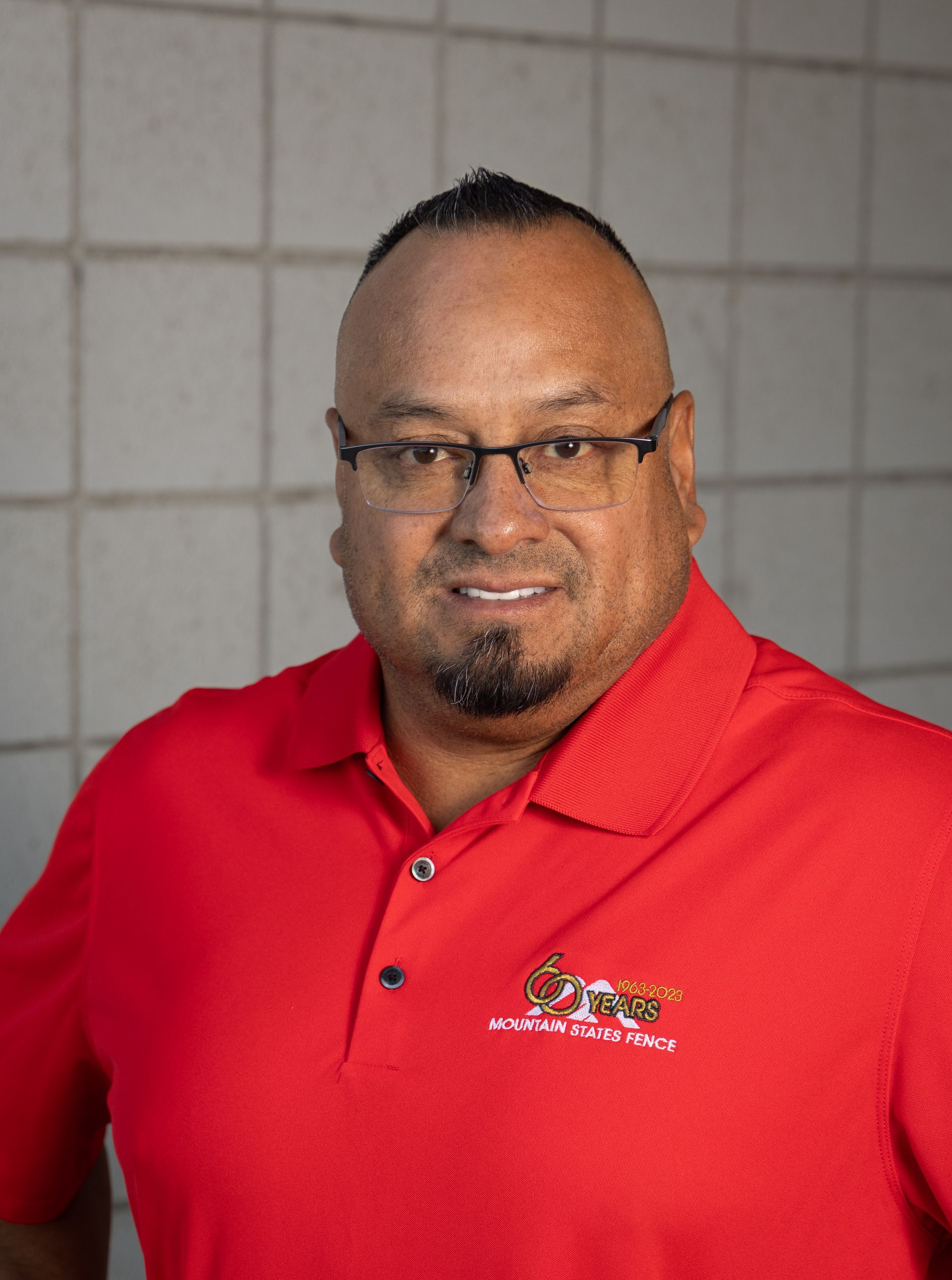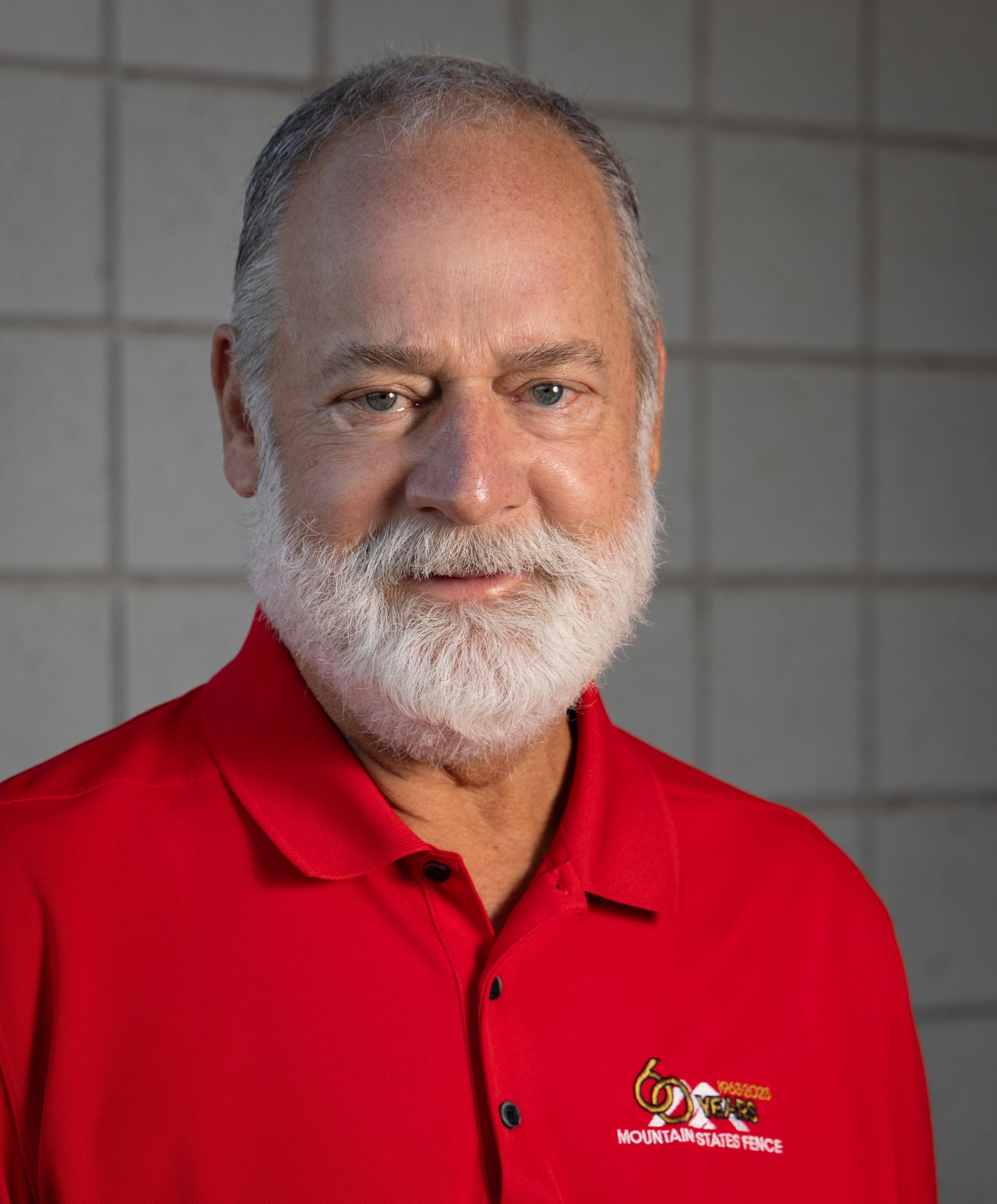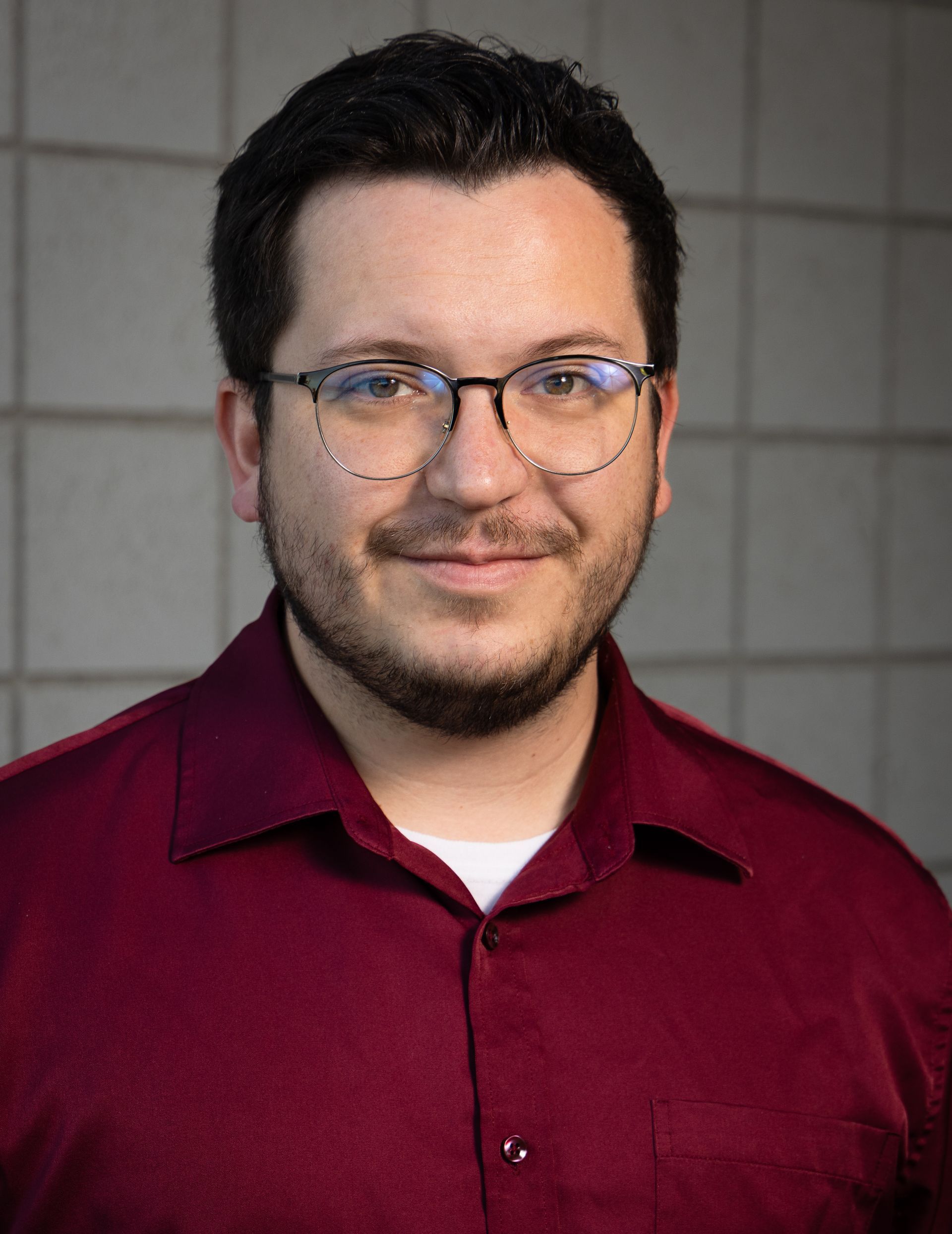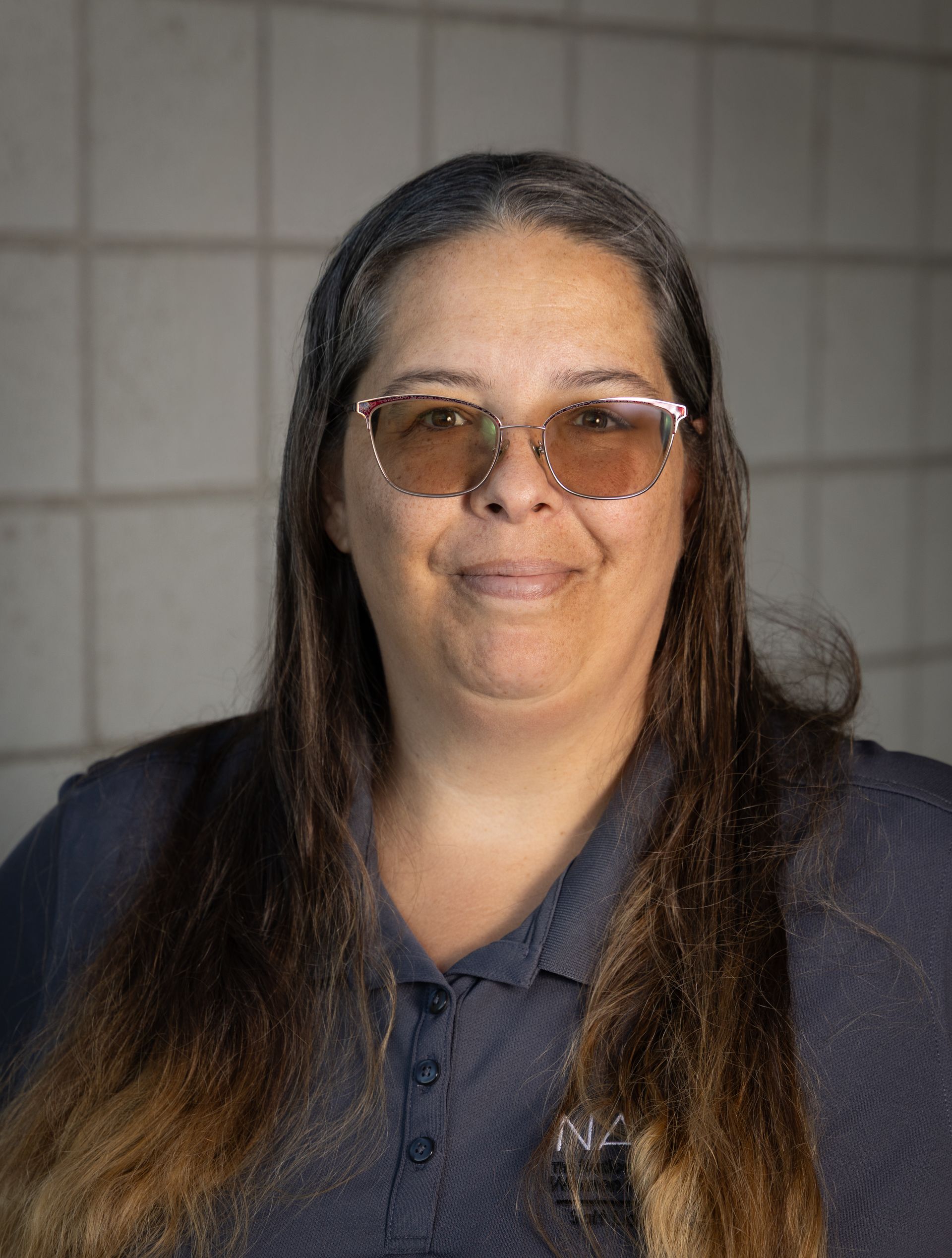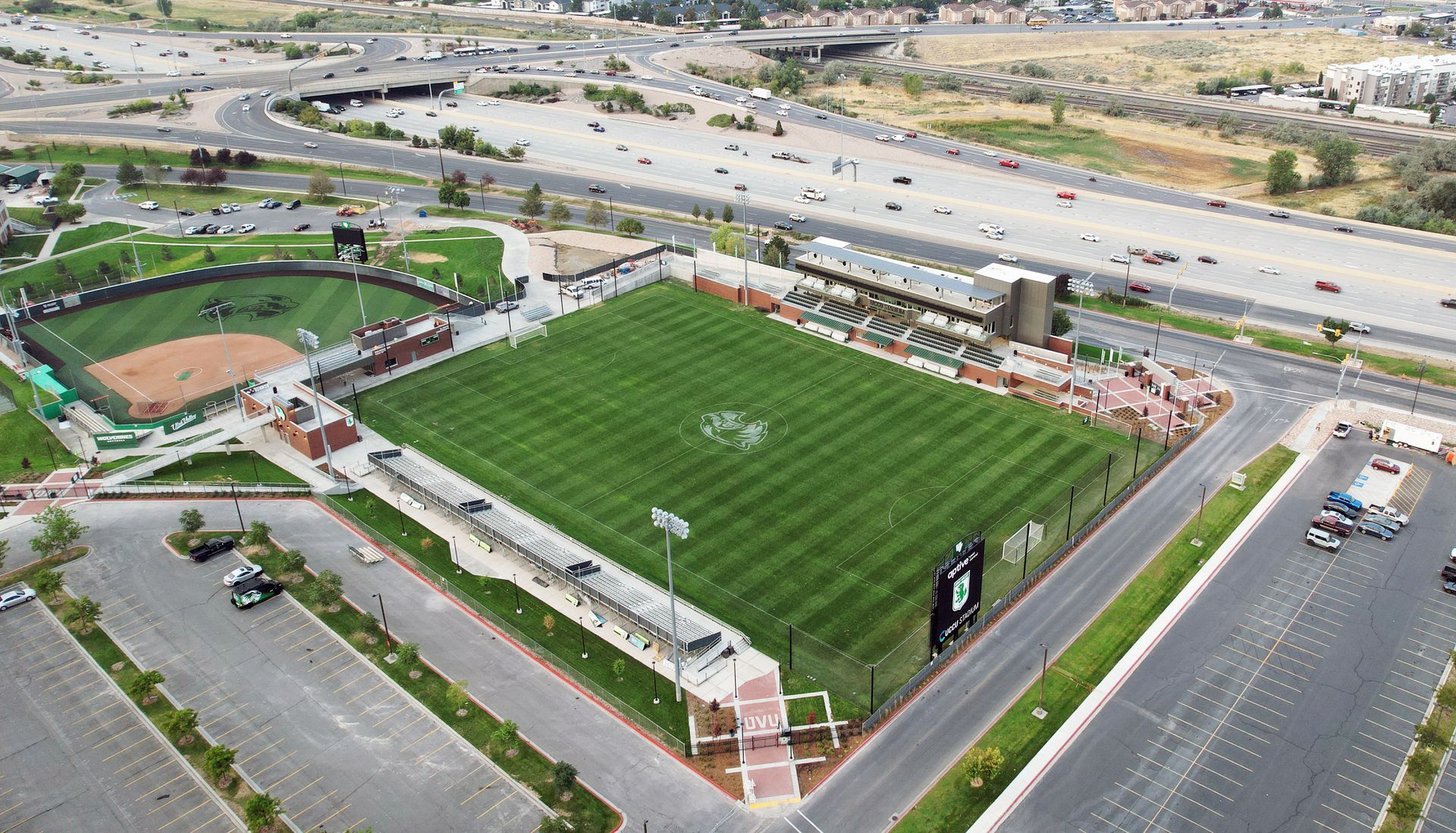Meridian Engineering announced a new majority ownership group in May, including (left to right) Tyler Baron, Nichole Luthi, and Michael Nadeau.
Horrocks’ acquisition of CRS bolsters its municipal expertise; Meridian undergoes ownership change; Higgins sells Mountain States Fence to employees. By Brad Fullmer
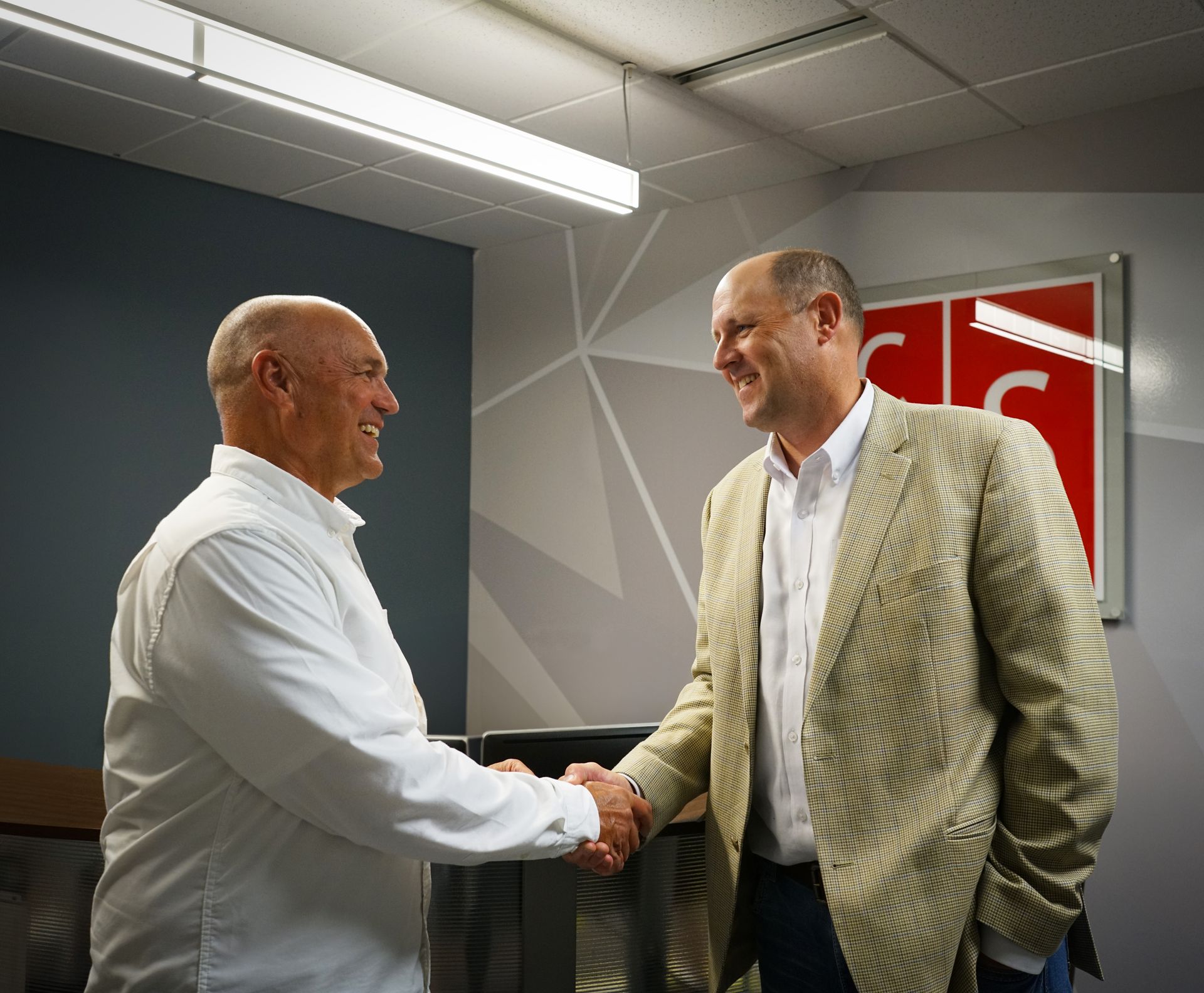
It’s not often Utah’s shifting A/E/C landscape sees one firm acquire another that is more than 100 years old—119, to be precise, as Pleasant Grove-based Horrocks Engineers added Caldwell Richards Sorensen (CRS) Engineering & Survey in September 2024, bolstering the firm’s infrastructure services and in-house expertise.
A year after merging 66 employees and three office locations (Salt Lake, Logan, and Vernal) into the Horrocks family, former CRS President/CEO Matt Hirst said it has been a seamless transition thus far, with the move ultimately offering greater long-term career opportunities for employees.
“It was a difficult decision, but it was the right thing to do,” said Hirst, who took over in 2012 as the firm’s fifth-generation leader, succeeding his father, Paul, who was President for 25 years from 1988-2012. At the time of the acquisition, Hirst called it “an incredible milestone for our company, one that will unlock great potential for our teams in the years ahead.”
Hirst said the genesis of this transaction began several years ago when Hirst served with former Horrocks President/CEO Russell Youd on the Executive Committee of the Utah Chapter of the American Consulting Engineers Council (ACEC Utah) from 2016-18 (Hirst was President in 2016). During an ACEC event in Washington, D.C., the pair went walking after an industry dinner, and the topic of joining forces first arose. After a couple of years of talks, Covid halted discussions, but by 2022, Hirst said “we looked at [joining] a little more seriously. The challenge for Horrocks was trying to get all shareholders behind a large capital investment—it’s a hard task.”
“We’re going back to our roots a little bit,” said Shane Marshall, Chief Revenue Officer for Horrocks. “We started as a municipal firm, but as we grew, it became more of a UDOT/transportation [focused] firm. CRS is more of a municipal firm with the same culture. When Matt was trying to figure out what to do with his company, coupled with how we were going to grow Horrocks, [the acquisition] just made sense. It was a good merger for both of us. It brought us skillsets and depth that we didn’t have.”
“We didn’t ‘need’ to do this,” added Hirst, “but I saw that we could make each other better, and factor in that we had partnered the past five years on a dozen projects and work well together. It just made a ton of sense.”
A year prior to acquiring CRS, Horrocks joined Trilon Group, a collection of 13 companies focused on infrastructure design and engineering, with the ability to partner on projects regionally or nationally. While Horrocks is the largest engineering firm in Utah, it has around 1,000 employees in 27 offices in nine states. The firm earned $165 million total in 2024 revenues—$90 million in Utah—with those numbers projected to jump to $200 million total and $100 million in Utah in 2025.
Marshall said CRS brought considerable expertise in water and groundwater hydrology projects, along with heavy rail design, which he said is “highly unique.” He noted that Horrocks is one of eight firms nationally able to design and get approved industrial development plans for Union Pacific. In addition, the firm offers “improved strength to alternative delivery, site/civil, and our overall water practice.”
Hirst has also enjoyed his role as Sr. Vice President, Community Infrastructure Business Line Leader, which allows him to “learn and grow in my ability to manage and connect with people across a much larger region. I’ve joined a company with 27 offices, where we had three. It’s been a great learning experience.”
It also gives him more time to contribute his expertise as a member of the University of Utah’s Department of Civil Engineering advisory board and also help educate the next generation of engineers.
“How can we keep this piece of society strong and vibrant?” Hirst poses. “That’s what I want to do—teach and mentor younger engineers and help them find the fire and passion for what we do.”
In addition to Hirst, other key former CRS people include: Mary Hargis, HR Director; Susan Cullen, Assistant Controller; Darren Eyre, Railroad Services Leader; Mark Chandler, Associate VP Water Leader; John Bale, Project Manager; Josh Prettyman, Utah Conveyance Practice Leader; Greg Nelson, Associate VP; Clint Allen, Associate Freight Rail Leader; Katie Jones, Hydraulics/Hydrology Practice Director; Max Pierce, Municipal Practice Director; Craig Nebeker, Vernal Manager.
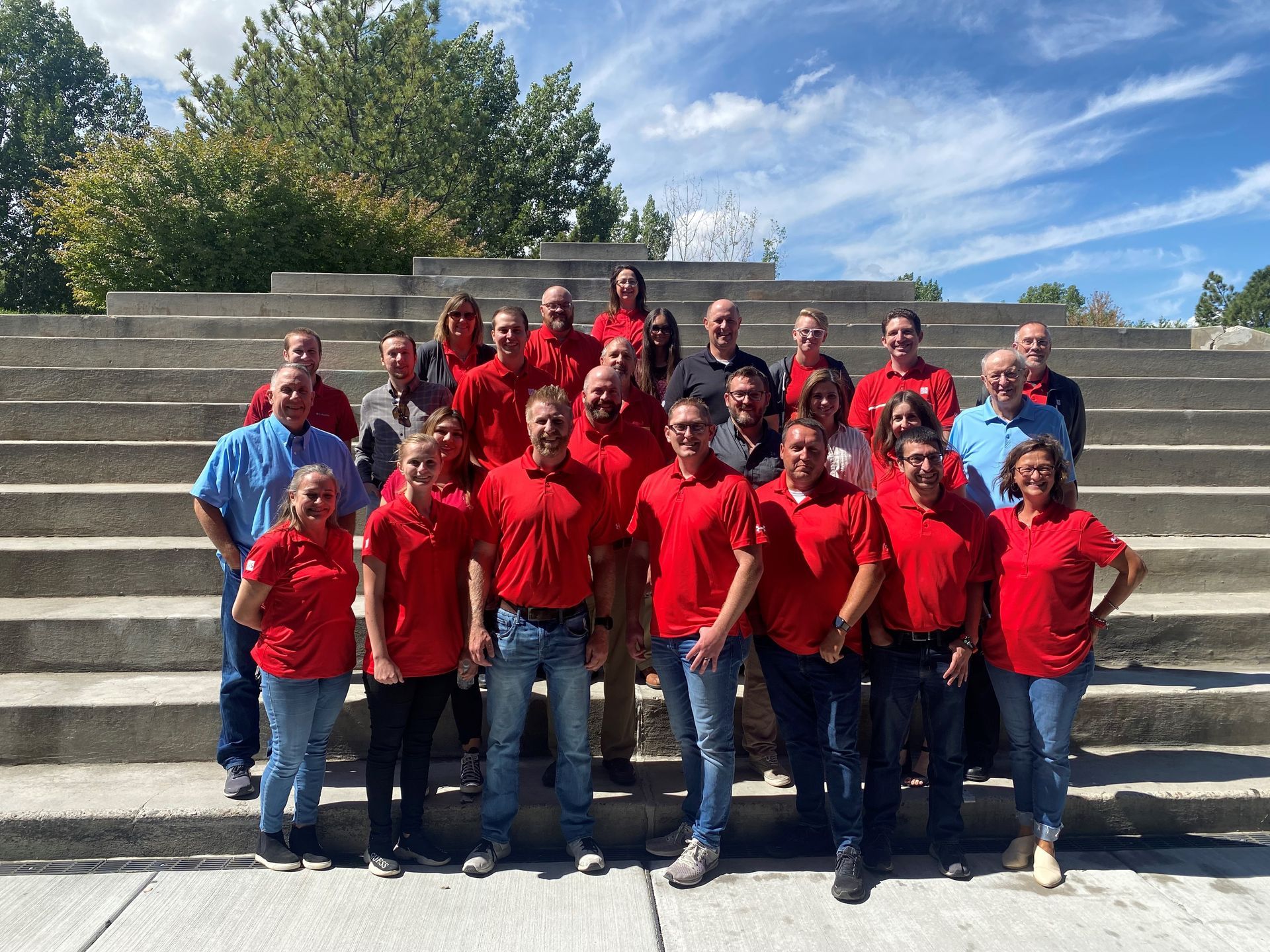
A New Chapter for Meridian Engineering
It’s a brave new world at South Jordan-based Meridian Engineering, Inc., which announced May 1 a new majority shareholder ownership group consisting of:
- Michael Nadeau, President and Survey Division Leader
- Nichole L. Luthi, Vice President and Civil Engineering Division Leader
- Tyler Baron, Vice President and Right-of-Way Division Leader
They are joined by seven minority shareholders, representing the next generation of leadership at Meridian.
The new leaders replace the 28-year-old firm’s three original founders: Darryl Fenn, President (moved into a part-time role in May); J. Randall Vickers, Vice President (moved into a part-time role in May); and Steven Johnson, Vice President (retired December 2024).
The move follows an 18-month transition process during which the founders carefully evaluated their options. While there was interest from larger firms looking to expand into Utah, they ultimately chose to pass ownership to leaders they trusted—individuals who would preserve Meridian’s core values and continue operating under the Meridian name.
“There were definitely some challenges during the transition process—there are always challenges to overcome when you have the ideals and thoughts of the founding principals vs. new, fresh blood coming in,” said Nadeau, who joined the firm in 2002. “In business, you can’t have emotions—at times, that meant navigating the balance between long-standing friendships with the founders and the business realities of negotiation. Working through those moments ultimately strengthened our mutual respect and commitment to Meridian’s future.”
“We had been working on the transition intently for over a year,” said Baron, the longest-tenured Meridian employee outside the founders, having started in 1998. “When they mentioned they had other offers from outside, none of us wanted to work for a bigger company. We’ve talked for years about buying them out. When we met with a consultant, we knew we could work it out.”
“I think (our offer) was in line with their original goals as a stand-alone legacy,” said Luthi, who joined the firm in 2007. “We also want to remain a stand-alone firm and grow with intention, grow organically. We have a lot invested here. We’re close as friends.”
Meridian’s expertise includes civil engineering, land surveying, and right-of-way design, among other areas. The firm has grown steadily over the past three years, with revenues of $6.3 million in 2023, $7.2 million in 2024, and a projected $8 million this year. The firm holds civil engineering licenses in Utah, Idaho, Colorado, and Wyoming; as well as professional land surveyor licenses in those states, plus Nevada, New Mexico, and Arizona.
Revenues check in evenly between the three main divisions, with civil engineering (10 employees) bringing in 36% of revenues and survey/right-of-way (32 employees) account for the other 64%. The 42 employees there are a company high, with the intention of adding more, but with a long-term perspective of hiring people who prove a good cultural fit.
“Our plan is to keep that [10% annual growth] path,” said Nadeau. “We’re not the firm to hire people on big projects, just to lay them off when the project is done. That’s not who we are. Our focus is on building a mentoring culture, where team members are continually training, supporting, and learning from one another so everyone grows together.”
Luthi said relationships between departments are strong, with a focus on helping each other land new work and team up on various aspects of projects, such as offering clients a full survey and site/civil package, for example.
“Civil tries to feed survey—we’re collaborative and work really well together that way,” she said.
“We want to grow and keep looking at ways to improve the culture here,” added Baron. “We want to keep the family-first atmosphere.”
Beyond work, the firm hosts an array of events and holiday parties annually, along with a monthly “shout-out” to highlight notable employee accomplishments, as well as monthly employee spotlights. Inclusivity is key, as is keeping employees in tune with the firm’s progress and profitability, with a focus on improving efficiencies.
“One of our mottos is more transparency,” said Luthi. “We want to make sure there is no hidden agenda.”
Public work accounts for much of the firm’s overall revenues, with the Utah Department of Transportation and various other state and municipal clientele (Utah DFCM, universities, counties, cities) providing a steady stream of work for both right-of-way and surveying departments, based on Meridian’s ability to produce top-shelf deliverables.
Luthi has found considerable success doing civil/sitework on K-12 education projects, a market for which she has a genuine passion, saying, “It’s very fulfilling to be a community builder.”
Ultimately, Meridian’s new leadership group is excited—and keenly optimistic—about the future. Nowhere to go but up.
“Honestly, we couldn’t be more excited about where we’re at,” Nadeau added. “We recognize the opportunity in front of us and we are committed to making the most of it.”
This is paragraph text. Click it or hit the Manage Text button to change the font, color, size, format, and more. To set up site-wide paragraph and title styles, go to Site Theme.
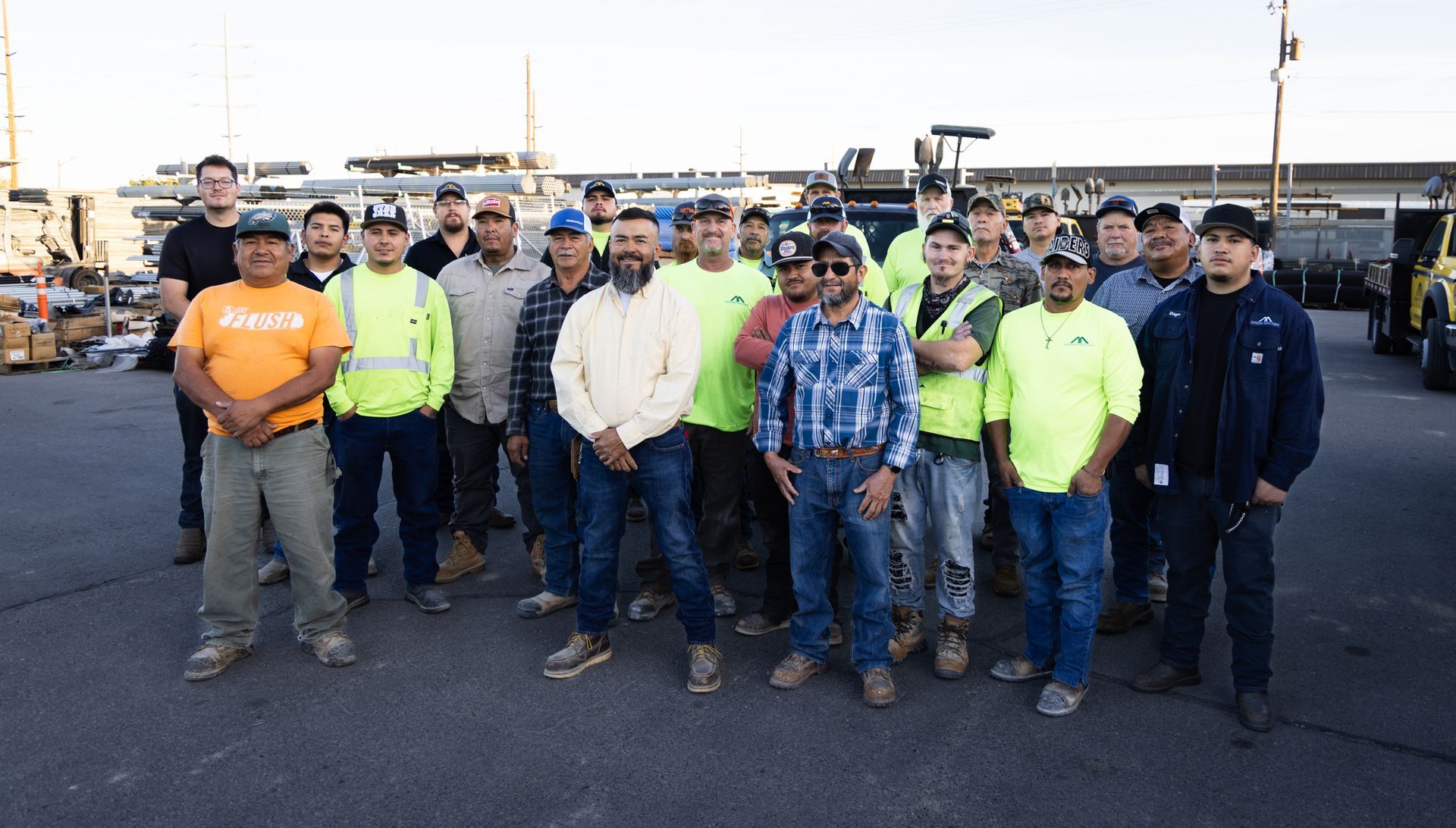
Workers from Mountain States Fence at the start of anew day i September. The firm transitioned to an ESOP in April.
(Not pictured: Jenkit Kobsuk)
Mountain States Fence Taking the ESOP Path
After several months of discussions about the future of his company, longtime Mountain States Fence President Rick Higgins sold his shares to his 40 employees—making it an ESOP (Employee Stock Ownership Plan) company—ensuring what he hopes is a seamless transition when he’s ready to step down from a role he’s held for 40 years.
“As long as I’m mentally and physically capable, I love the business,” said Higgins, 74, who took over the reins of the company in 1985 from his father, Dennis, founder of Mountain States Fence in 1963, when Higgins was in junior high. He anticipates working another 4-5 years—good health permitting. “Construction is the most amazing business—I just really enjoy it!”
The decision to sell the company didn’t come easily for Higgins, but not having children in the business—he insisted they pursue different careers based on his sometimes-challenging relationship with his father—meant the inevitable realization that someone else would eventually need to take over the reins. When that ultimately happens depends on current staff stepping up to that challenge, but the wheels are in motion with the ESOP formally in place.
“Rick is very generous, very unselfish,” said Jenkit Kobsuk, CFO, who has been at MSF for 21 years and was Higgins’ right-hand man in helping set up the ESOP. “He could sell the company to anyone and just walk away, but because of how he treats his employees, he wanted to give us the opportunity and thought we know better than anyone else how to run this business.”
“It’s amazing being a part owner, knowing that I’m part of something bigger,” said Alycia Luna, a 13-year veteran of the firm who oversees Purchasing. “We care about each other. We’re trying to learn what our roles are going forward.”
“I was glad to see it happen,” said Andre Lopez, an Estimator and Project Manager with 13 years of experience at MSF, saying he’s trying to educate the field workers about the inherent benefits of the ESOP and how it will reward employees who stick with the firm long-term. It’s an excellent incentive to retain employees, he said.
“I bring it up to (field workers), like, ‘what are you doing as an owner of the company to make it better’,” said Lopez. “We’re educating employees, telling them to say something if they see safety concerns at a jobsite. People need to have confidence that they have a voice.”
“It’s easier to have a vested interest in the entire company and everyone’s success—that translates into real value,” added Tyler Vass, Project Manager/Estimator and a nine-year veteran of the firm. “Our culture is great and fosters growth. I got lucky with this company.”
Higgins is confident the next generation of leadership will keep the ship headed in a positive direction.
“I want to be able to drive by and see how it’s doing in 5 years, I want to take care of them if I can,” Higgins said of his employees, who he considers family. “It’s a paternalistic notion, but they deserve it. At the time I made the (ESOP) decision, I was getting two calls a week to sell the company. I figured it was time to get the employees to understand that I was sincere about turning it over to them.”
Higgins added that employees need to grasp that this “is not just a gift, it’s a transfer of responsibility. They need to recognize that and act accordingly.”
